Home>Gardening & Outdoor>Landscaping Ideas>What To Put Under Fence To Keep Grass From Growing
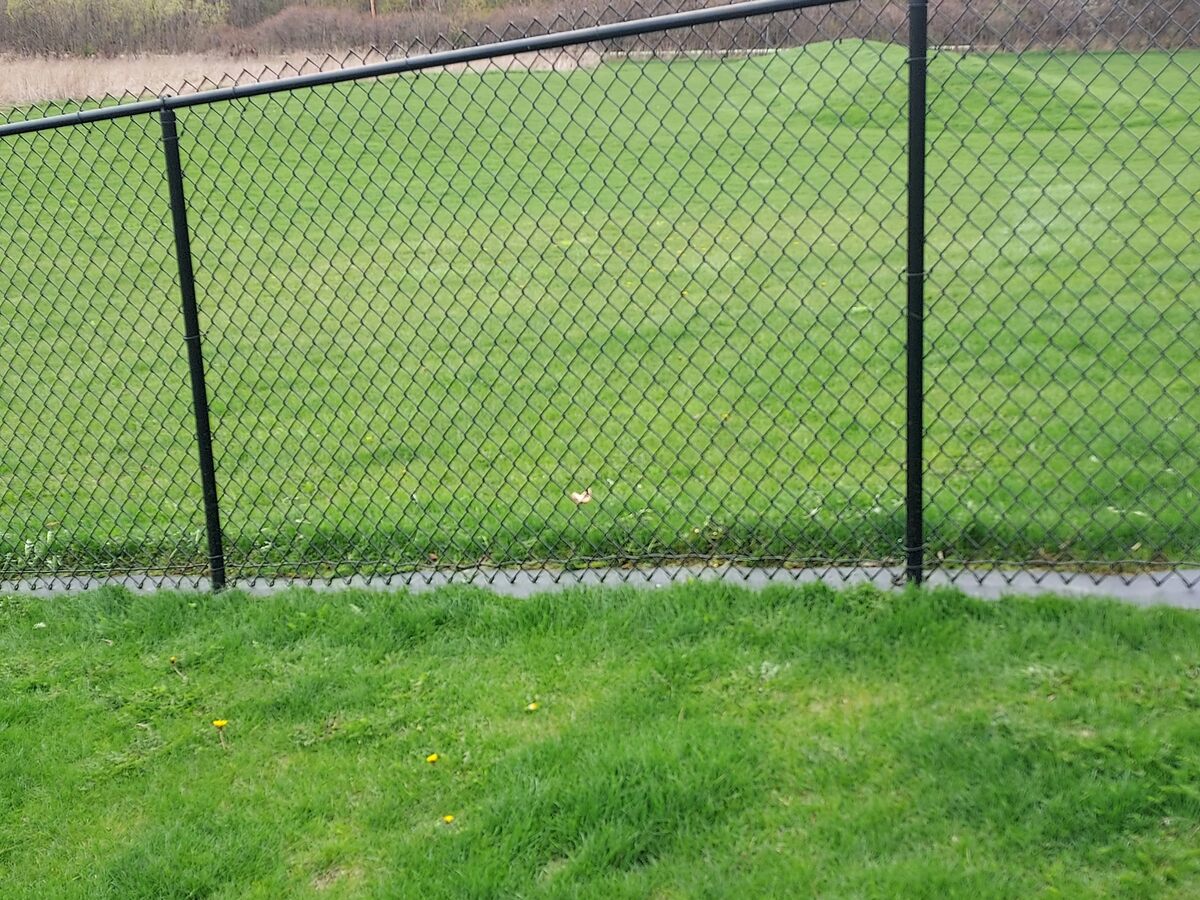

Landscaping Ideas
What To Put Under Fence To Keep Grass From Growing
Published: January 30, 2024
Discover effective landscaping ideas for preventing grass from growing under your fence. Explore practical solutions and keep your yard looking neat and tidy.
(Many of the links in this article redirect to a specific reviewed product. Your purchase of these products through affiliate links helps to generate commission for Storables.com, at no extra cost. Learn more)
Introduction
When it comes to maintaining a tidy and well-kept yard, preventing grass from encroaching on your fence line is a common challenge. Not only can this unsightly growth detract from the overall appearance of your property, but it can also make fence maintenance more difficult. Fortunately, there are several effective barriers that can be put in place to keep grass at bay and maintain a clean, polished look along your fence.
In this article, we will explore various options for preventing grass from growing under your fence. Whether you prefer natural solutions or synthetic barriers, we will discuss the pros and cons of each, helping you make an informed decision. Additionally, we will provide insights into the considerations for choosing the right barrier, installation and maintenance tips, and more. By the end, you will have a comprehensive understanding of the options available to you, empowering you to make the best choice for your specific landscaping needs.
Key Takeaways:
- Choose natural options like organic mulch or plant borders for an eco-friendly and visually appealing way to prevent grass from growing under your fence.
- Synthetic options such as plastic edging and geotextile fabric offer durable and low-maintenance barriers to keep grass at bay, providing a tidy and polished fence line.
Types of Barriers to Prevent Grass Growth
When it comes to creating barriers to prevent grass from encroaching on your fence line, there are various options to consider. These barriers serve as effective deterrents, keeping grass and other unwanted vegetation at bay. Here are some common types of barriers:
- Edging Materials: One of the most popular options for preventing grass growth under a fence is the use of physical barriers such as edging materials. These can include metal, plastic, or stone edging that is installed along the fence line to create a clear separation between the grass and the fence.
- Chemical Herbicides: Another option is the use of chemical herbicides, which are designed to inhibit the growth of grass and weeds. These products can be applied along the fence line to create a barrier that prevents grass from taking root.
- Geotextile Fabric: Geotextile fabric, also known as landscape fabric, is a permeable material that can be placed under the soil to prevent weed and grass growth. It allows water and nutrients to pass through to the soil while blocking the growth of unwanted vegetation.
- Mulch: Mulch can also serve as a barrier to prevent grass growth under a fence. Organic mulches, such as wood chips or bark, can be spread along the fence line to create a protective layer that inhibits grass and weed growth.
Each of these barriers offers unique advantages and considerations, and the choice of barrier will depend on factors such as your landscaping preferences, budget, and environmental impact. In the following sections, we will delve deeper into natural and synthetic options for preventing grass growth under fences, providing a comprehensive overview of the benefits and considerations for each.
Natural Options
For those who prefer environmentally friendly and sustainable solutions, natural options for preventing grass growth under fences offer a compelling alternative. These options not only serve as effective barriers but also contribute to the overall health and aesthetics of your landscaping. Here are some natural barriers to consider:
- Organic Mulch: Utilizing organic mulch, such as wood chips, bark, or straw, is an excellent natural option for preventing grass growth under a fence. Not only does mulch create a visually appealing border, but it also helps retain moisture, improve soil quality, and add a layer of protection against weed and grass encroachment.
- Plant Borders: Creating a border of low-growing plants or ground cover along the fence line can act as a natural barrier to prevent grass from taking hold. Options such as creeping thyme, sedum, or decorative grasses can provide an attractive and effective means of keeping grass at bay.
- Herbicide-Free Maintenance: Embracing herbicide-free maintenance practices, such as regular hand-weeding or the use of organic weed control methods, can help prevent grass growth without the need for chemical intervention. This approach aligns with eco-conscious landscaping principles and promotes a healthy, thriving ecosystem.
These natural options not only deter grass growth but also contribute to the overall beauty and sustainability of your landscaping. By incorporating natural barriers, you can create a harmonious and eco-friendly environment while effectively maintaining a grass-free zone under your fence.
Synthetic Options
When natural barriers may not be suitable for your specific landscaping needs, synthetic options offer a practical and durable solution for preventing grass growth under fences. These synthetic barriers are designed to withstand environmental conditions while effectively inhibiting the encroachment of grass and weeds. Here are some synthetic options to consider:
- Plastic Edging: Plastic landscape edging provides a durable and visually appealing barrier to prevent grass from growing under a fence. It offers flexibility in design and can be easily installed to create a defined border that resists grass encroachment.
- Geotextile Fabric: Geotextile fabric, a permeable synthetic material, serves as an effective barrier against weed and grass growth. It allows water and nutrients to penetrate the soil while preventing unwanted vegetation from taking root, making it a low-maintenance and long-lasting solution.
- Concrete or Paving Stones: Installing concrete or paving stones along the fence line creates a solid and enduring barrier that effectively prevents grass growth. This option offers a permanent solution while adding a decorative element to your landscaping.
- Artificial Turf: Utilizing artificial turf as a border along the fence line provides a maintenance-free and lush green barrier that eliminates the need for mowing or weed control. It offers a uniform and aesthetically pleasing appearance while effectively keeping grass at bay.
These synthetic options are designed to provide long-term durability and efficacy in preventing grass growth under fences. By incorporating synthetic barriers into your landscaping, you can achieve a polished and low-maintenance solution that complements your outdoor space.
You can put a barrier like landscape fabric or plastic edging under the fence to prevent grass from growing. Make sure to secure it properly to keep it in place.
Considerations for Choosing the Right Barrier
When selecting a barrier to prevent grass growth under your fence, it’s essential to consider various factors to ensure that the chosen solution aligns with your specific landscaping needs and preferences. Here are key considerations to keep in mind when choosing the right barrier:
- Landscape Aesthetics: Consider the visual impact of the barrier on your overall landscaping. Natural options such as organic mulch and plant borders may provide a more organic and visually appealing appearance, while synthetic options like plastic edging and geotextile fabric offer a clean and uniform look.
- Maintenance Requirements: Evaluate the maintenance demands of each barrier option. Natural barriers may require occasional replenishment of mulch or plant care, while synthetic barriers often offer low-maintenance and long-lasting solutions that require minimal upkeep.
- Durability and Longevity: Assess the durability and longevity of the barrier in relation to your specific environmental conditions and landscaping goals. Synthetic options such as concrete, plastic edging, and geotextile fabric are designed for enduring performance, while natural barriers may require more frequent maintenance and replacement.
- Environmental Impact: Consider the environmental implications of the barrier material and its impact on the surrounding ecosystem. Natural options align with eco-friendly practices and contribute to soil health, while synthetic materials should be evaluated for their environmental sustainability and potential impact.
- Budget and Cost-Effectiveness: Evaluate the initial investment and long-term cost considerations associated with each barrier option. While natural barriers may require periodic maintenance and replenishment, synthetic options often offer a one-time investment with minimal ongoing costs.
- Installation Difficulty: Assess the ease of installation for each barrier option, taking into account your DIY capabilities or the need for professional installation. Some barriers, such as plastic edging and geotextile fabric, may be more straightforward to install, while others, like concrete borders, may require professional expertise.
By carefully considering these factors, you can make an informed decision when choosing the right barrier to prevent grass growth under your fence. Each consideration plays a crucial role in determining the most suitable barrier for your unique landscaping requirements, ensuring a successful and effective solution.
Installation and Maintenance Tips
Once you have selected the appropriate barrier to prevent grass growth under your fence, proper installation and maintenance are essential to ensure its effectiveness and longevity. Here are valuable tips for installing and maintaining your chosen barrier:
- Clear the Area: Before installing the barrier, clear the area along the fence line of any existing grass, weeds, or debris to create a clean and level surface for the barrier to be placed.
- Proper Installation: Follow the manufacturer’s guidelines or recommended best practices for installing the chosen barrier. Whether it’s laying down geotextile fabric, positioning plastic edging, or creating a plant border, precise installation is crucial for optimal performance.
- Secure the Barrier: Ensure that the barrier is securely anchored or placed to prevent shifting or movement over time. This may involve using landscape stakes, securing pins, or proper interlocking for synthetic barriers.
- Mulch Maintenance: If utilizing organic mulch as a barrier, periodically replenish the mulch layer to maintain its effectiveness in inhibiting grass growth and preserving soil moisture.
- Weed Control: Regularly inspect the barrier for any signs of weed growth or encroaching grass. Promptly address any emerging weeds or grass to prevent their establishment along the fence line.
- Seasonal Checks: Conduct seasonal checks to assess the condition of the barrier and make any necessary adjustments or repairs. Extreme weather conditions or natural settling may require periodic maintenance to uphold the barrier’s integrity.
- Environmental Considerations: Be mindful of the surrounding environment and ecosystem when selecting maintenance practices. Opt for eco-friendly weed control methods and consider the impact of maintenance activities on soil and plant health.
By adhering to these installation and maintenance tips, you can ensure that your chosen barrier effectively prevents grass growth under your fence while maintaining its functionality and visual appeal over time. Proper care and attention to the barrier will contribute to a well-maintained and tidy landscape.
Conclusion
Preventing grass growth under your fence is essential for maintaining a neat and well-manicured outdoor space. Whether you opt for natural or synthetic barriers, the key is to choose a solution that aligns with your landscaping preferences, environmental considerations, and maintenance capabilities. By carefully evaluating the options and considering factors such as aesthetics, durability, and environmental impact, you can make an informed decision that enhances the overall appeal of your property.
Natural options, including organic mulch and plant borders, offer eco-friendly and visually appealing solutions that contribute to the health and sustainability of your landscaping. On the other hand, synthetic options such as plastic edging, geotextile fabric, and concrete borders provide durable and low-maintenance barriers that effectively deter grass and weed encroachment.
Once the barrier is in place, proper installation and maintenance are crucial for ensuring its long-term effectiveness. Clearing the area, securing the barrier, and implementing proactive maintenance practices will help preserve the barrier’s functionality and visual appeal, contributing to a polished and tidy fence line.
By incorporating the right barrier and following best practices for installation and maintenance, you can create a clean and well-defined border along your fence, effectively preventing grass growth and enhancing the overall aesthetics of your outdoor space. With the right approach, you can enjoy a beautifully landscaped area that remains free from unwanted vegetation, adding to the overall charm and appeal of your property.
Ultimately, the choice of barrier and the care invested in its installation and maintenance will contribute to a thriving and visually pleasing landscape, providing a welcoming and well-maintained environment for you to enjoy.
Now that you've got tips on keeping grass at bay under your fence, why not consider enhancing your garden's aesthetics with some low-maintenance ground cover plants? These versatile plants not only add beauty to your landscape but also help in controlling soil erosion. They're perfect for areas where other plants might struggle to thrive. Curious about which varieties could transform your garden spaces? Check out our detailed guide on ground cover plants and get ready to give your garden a charming makeover.
Frequently Asked Questions about What To Put Under Fence To Keep Grass From Growing
Was this page helpful?
At Storables.com, we guarantee accurate and reliable information. Our content, validated by Expert Board Contributors, is crafted following stringent Editorial Policies. We're committed to providing you with well-researched, expert-backed insights for all your informational needs.
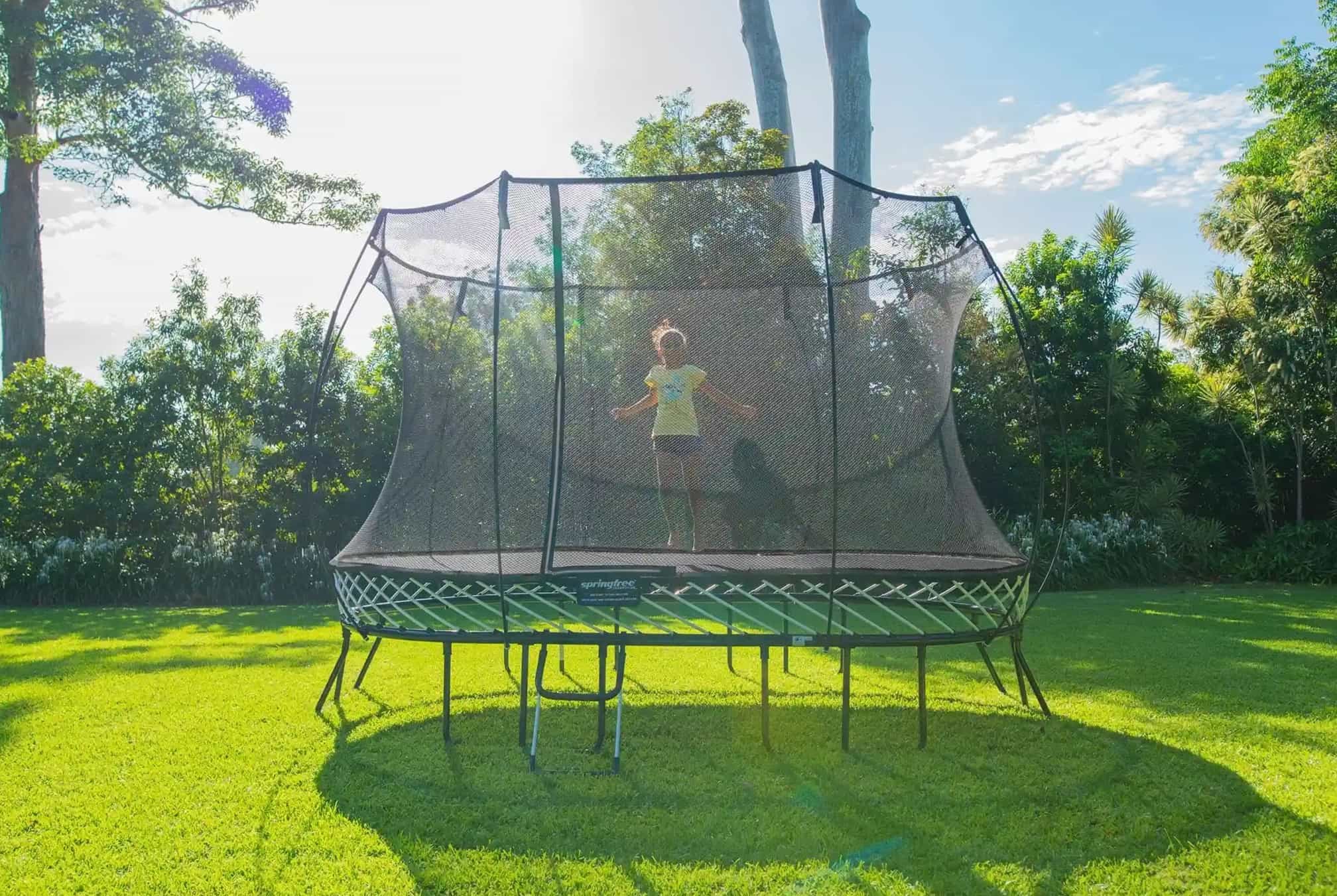
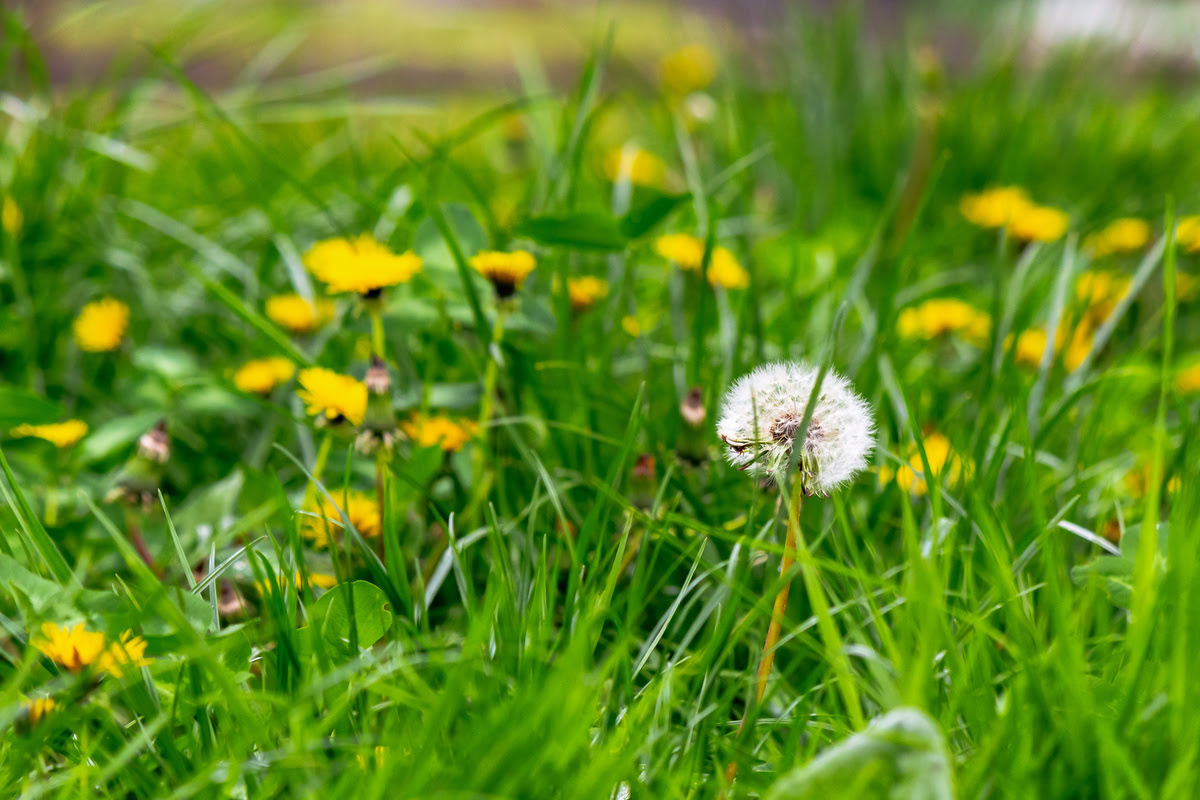
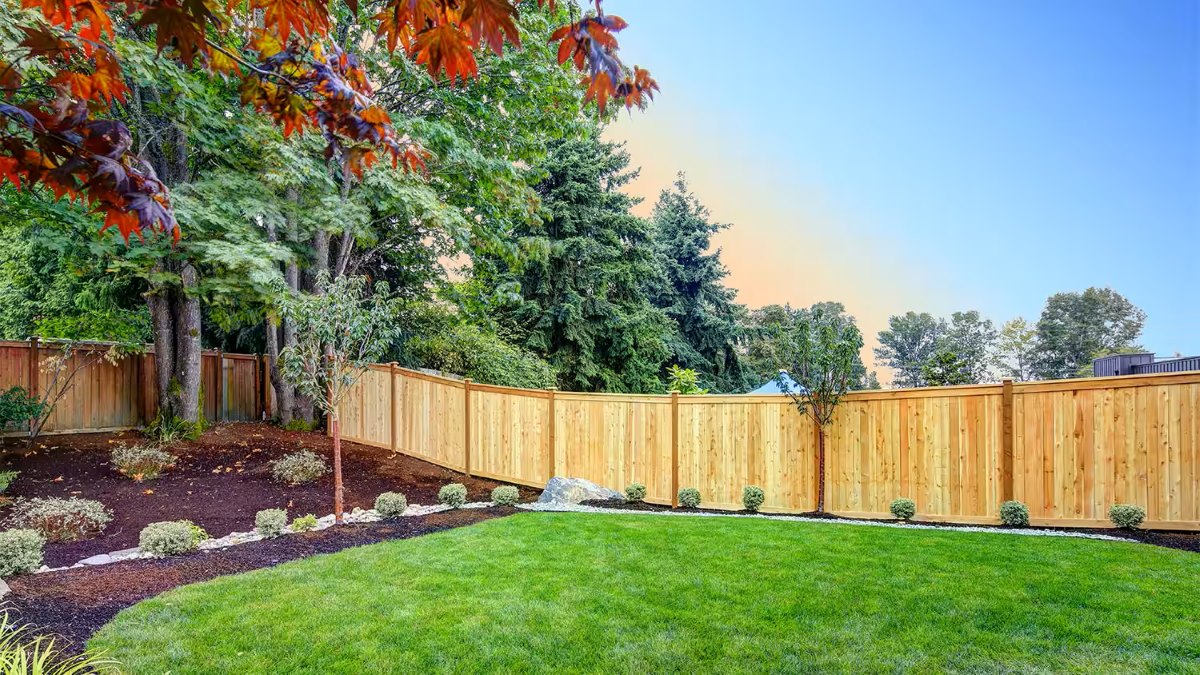
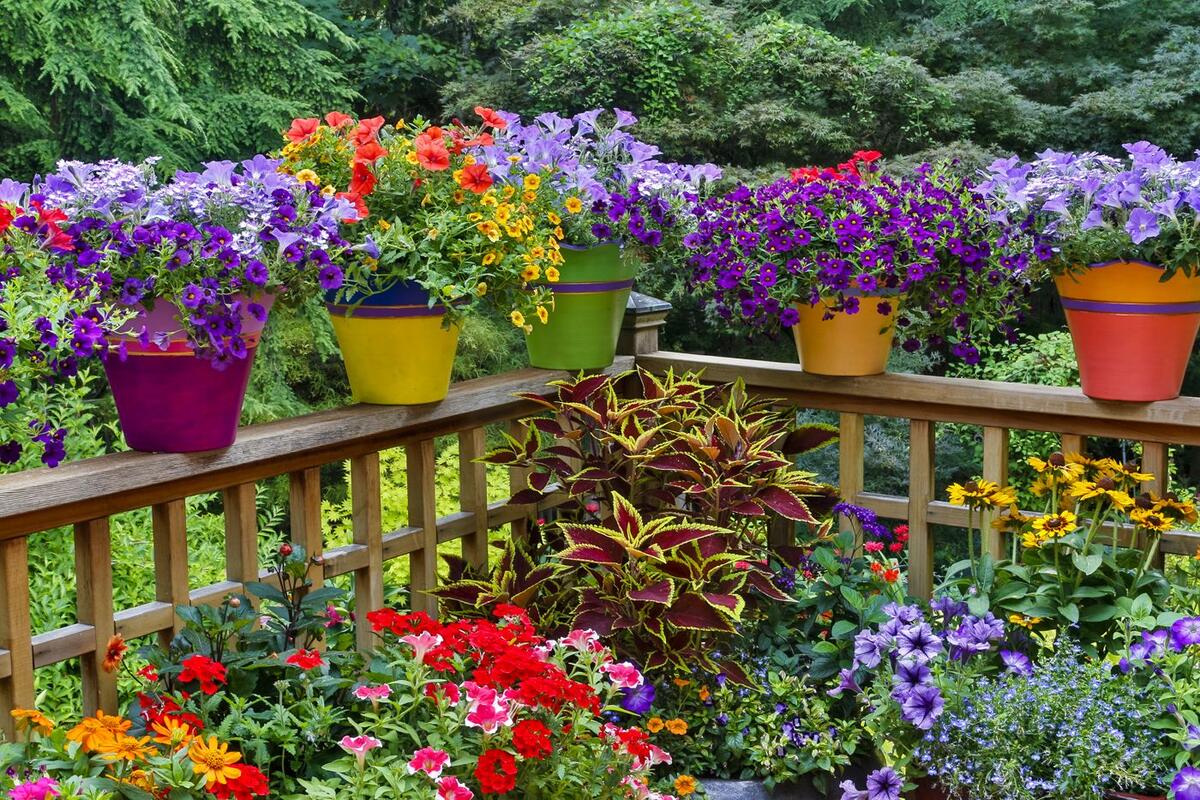
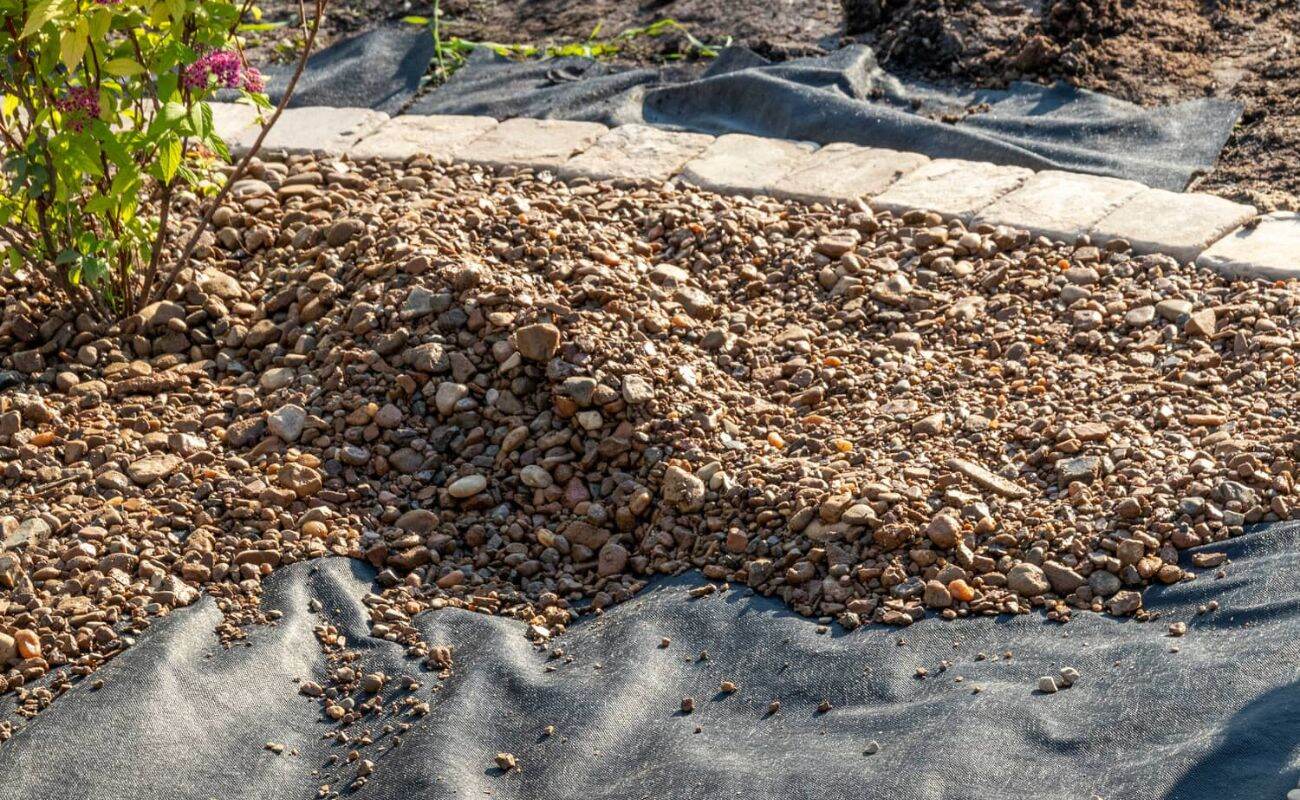
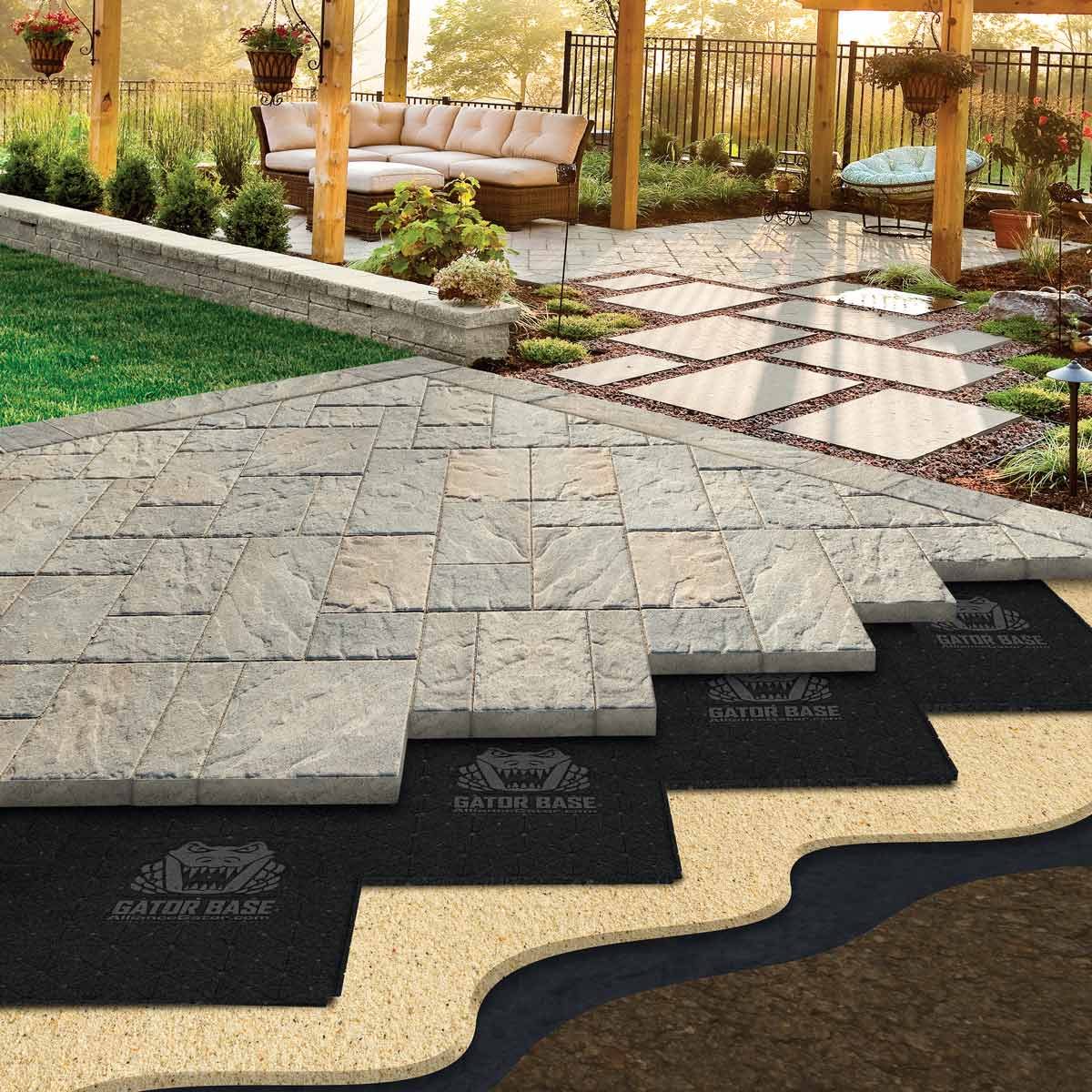
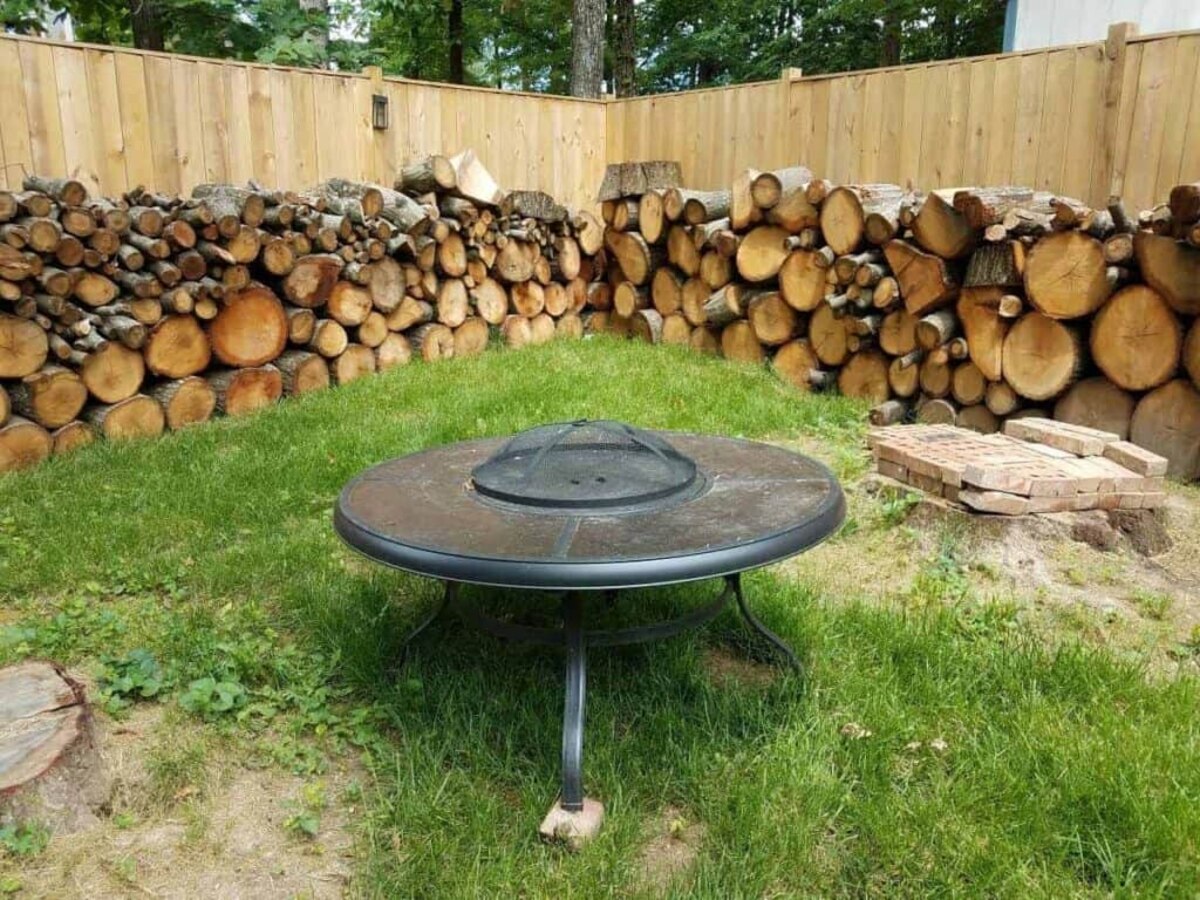
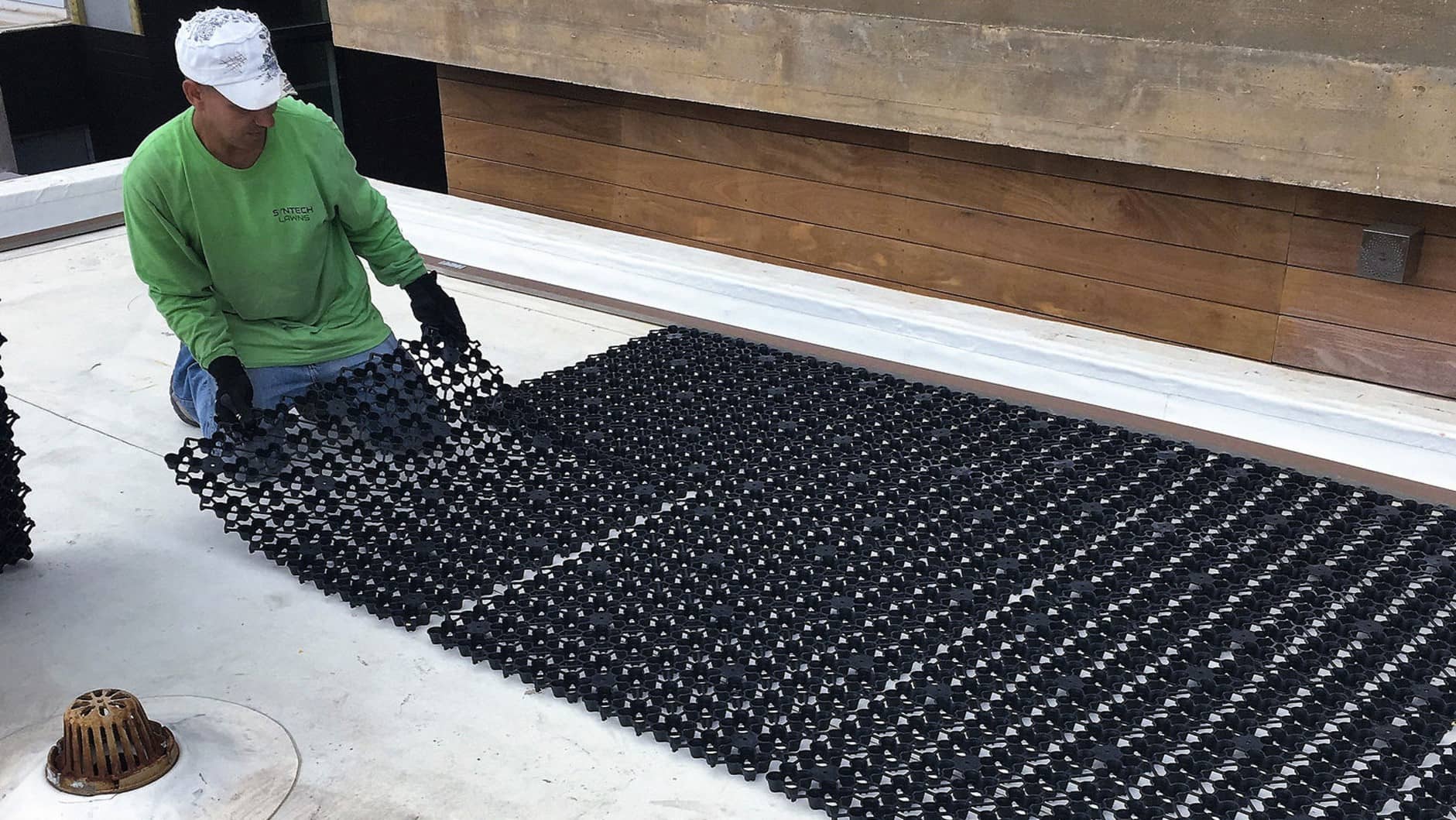
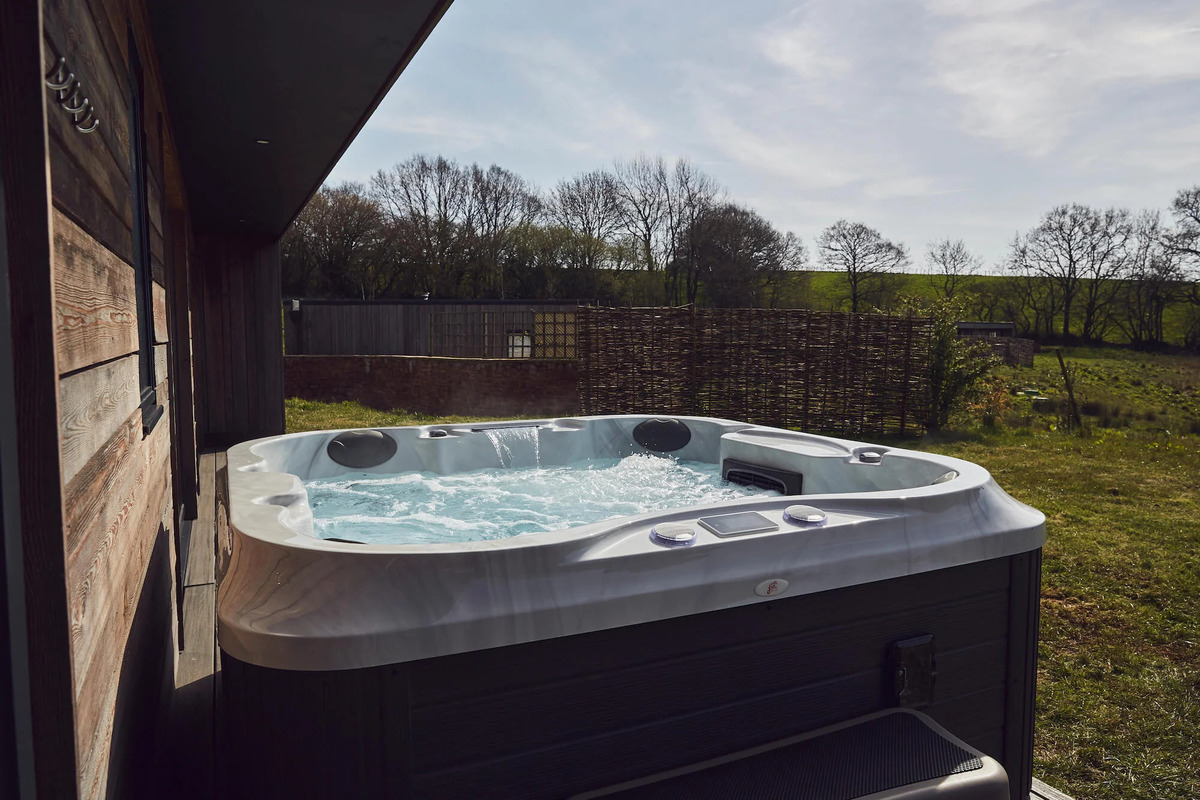
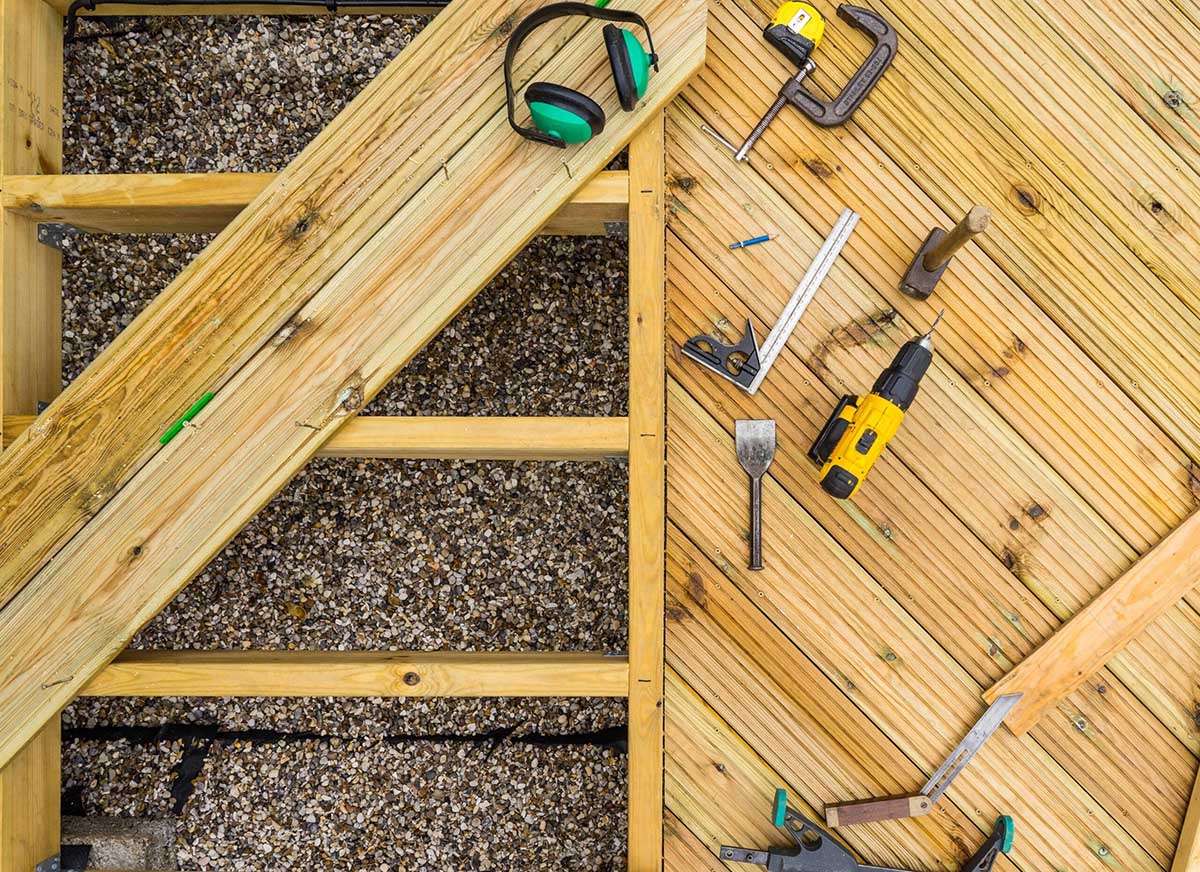
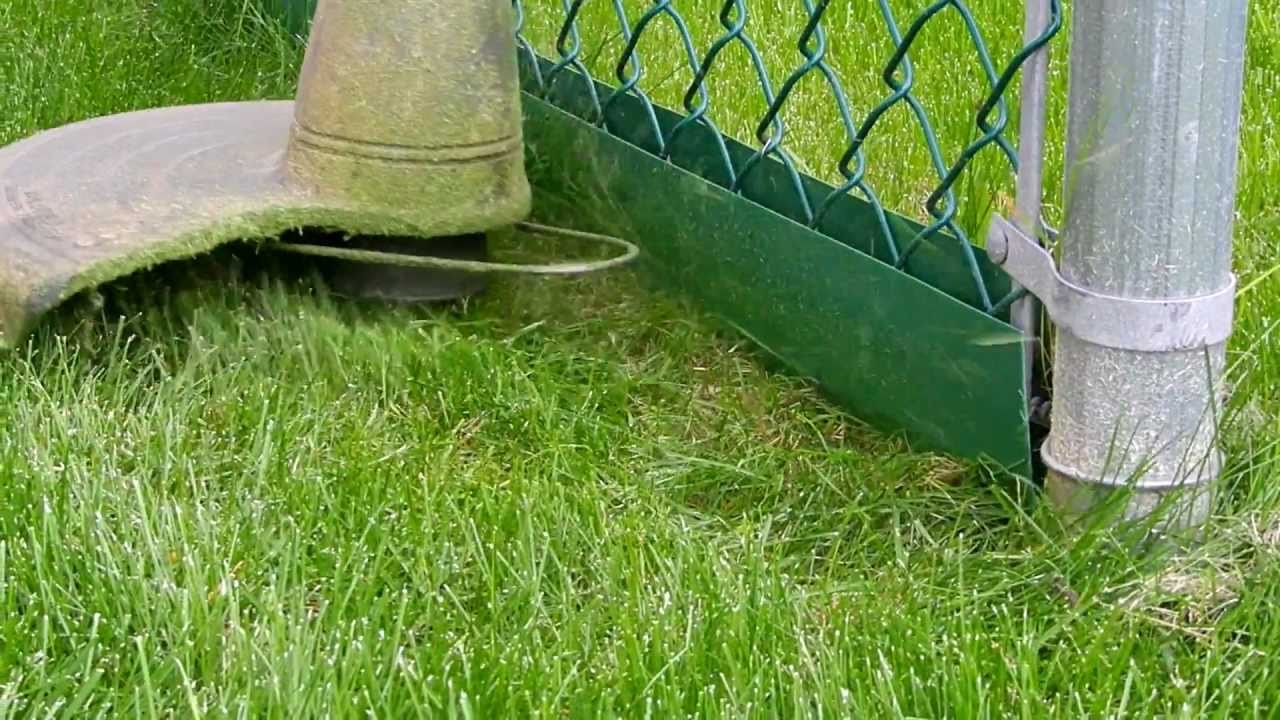
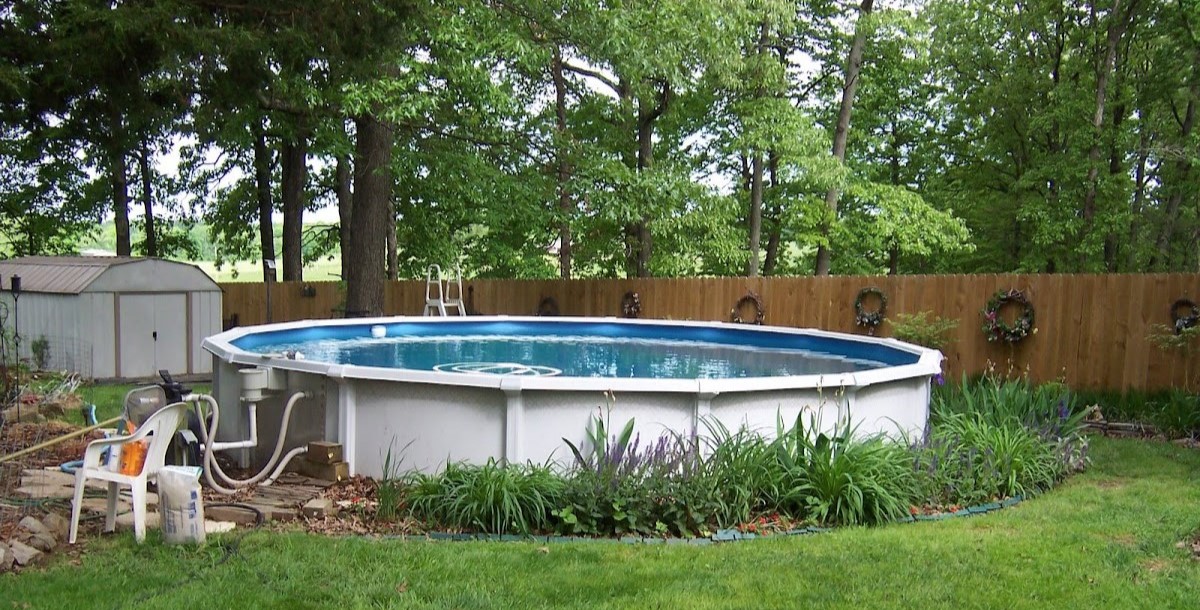
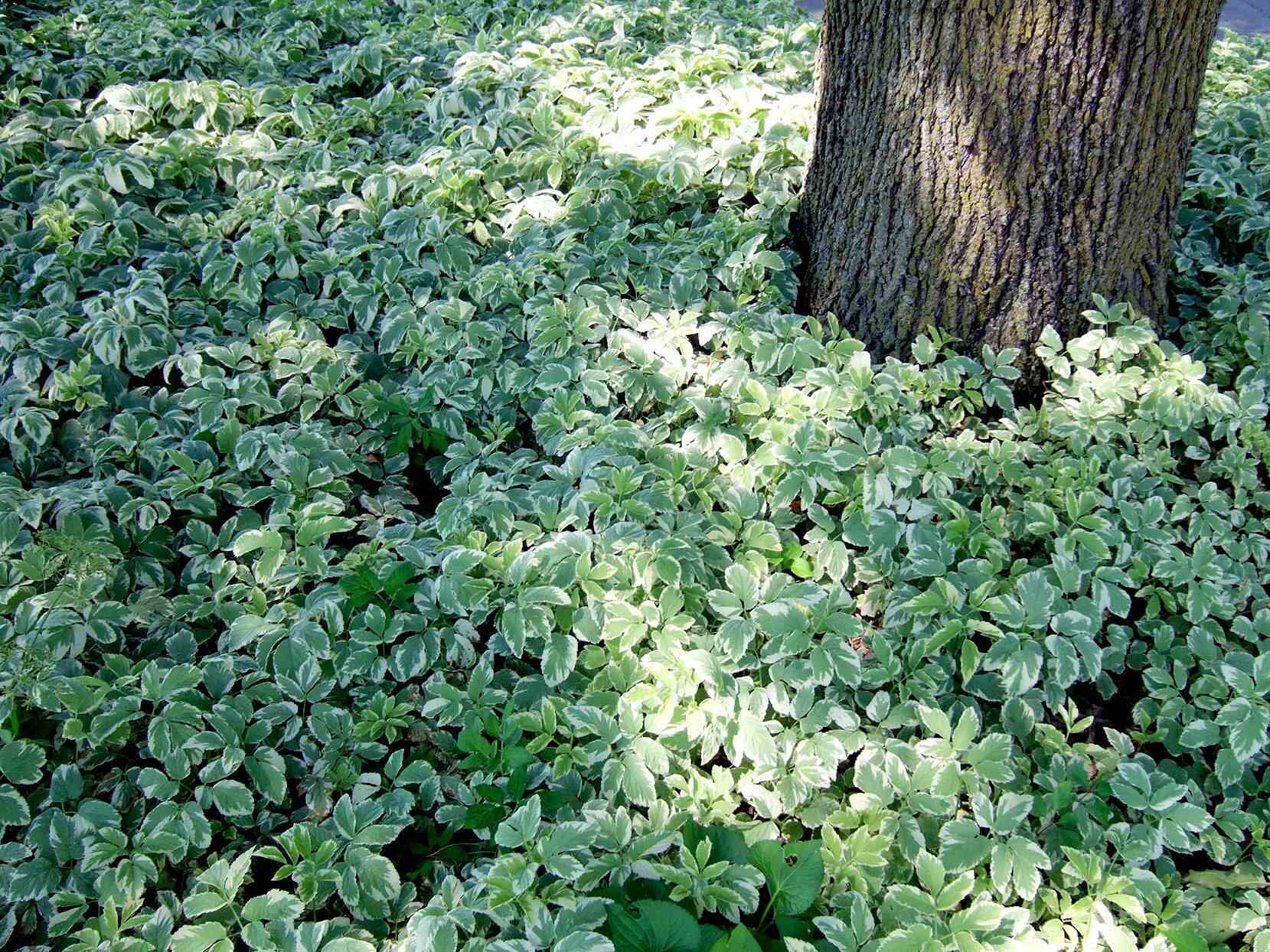
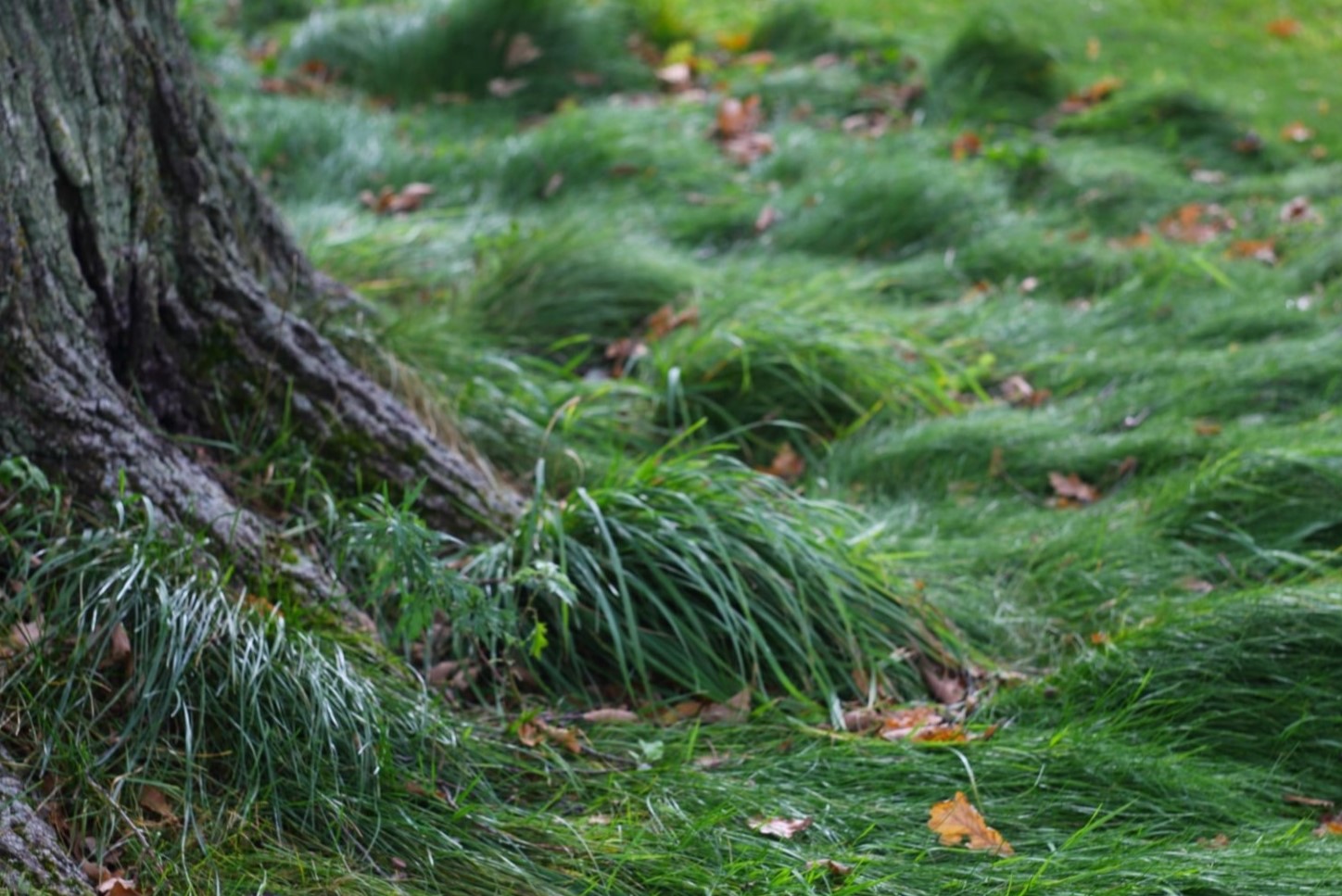

0 thoughts on “What To Put Under Fence To Keep Grass From Growing”